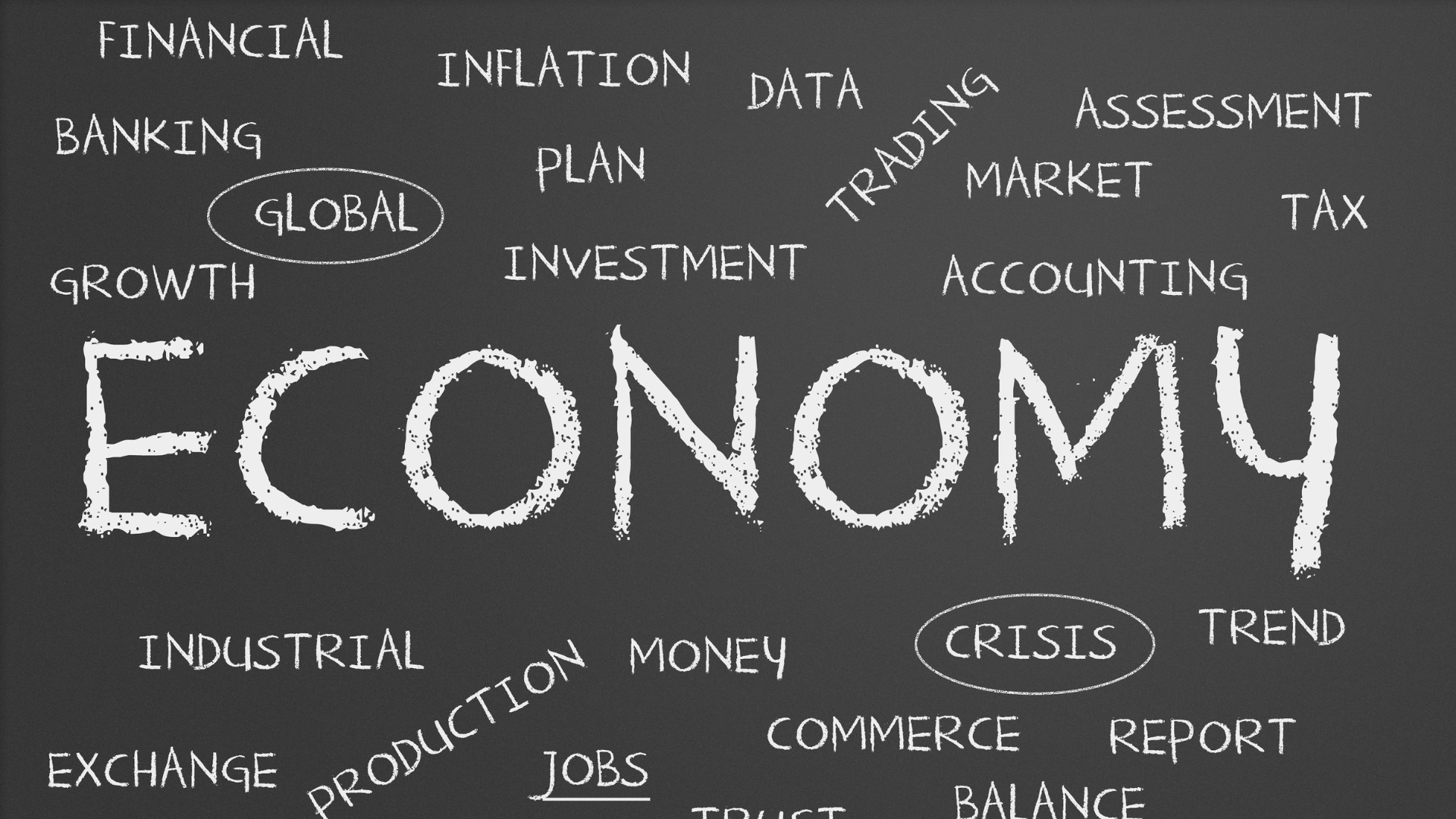A stable economy is the backbone of any prosperous nation's financial system. It not only ensures the well-being of its citizens but also attracts investments and fosters innovation. Achieving economic stability requires careful planning, prudent policies, and a keen understanding of the factors that influence it. In this article, we will explore the considerations essential for maintaining a stable economy.
In our journey to explore the considerations crucial for maintaining a stable economy and the world bank in general, let's dive deeper into the core elements that underpin economic stability. These key facets encompass fiscal responsibility, monetary policies, regulatory environment, labor market policies, international trade, infrastructure investment, innovation, and environmental sustainability. Each of these represents a critical aspect of the complex tapestry that makes up a robust and stable economy that is essential to poverty reduction. By examining these components, we can better understand the intricacies of economic stability and the multifaceted strategies required to achieve it. So, let's begin our exploration of these vital factors in the pursuit of a stronger and more secure economic future.
Fiscal Responsibility
One of the fundamental pillars of economic stability is fiscal responsibility. The government must strike a balance in the fiscal deficit (spending, revenue generation). Prudent fiscal management involves:
a. Balanced Budgets: Government should aim to have balanced budgets, where spending matches revenue. This prevents excessive debt accumulation, which can lead to financial instability. The problem that it can cause will also be extended to societal problems like food insecurity, health care issues, lack of employment opportunities, and other major risk that a country might face.
b. Debt Management: If borrowing is necessary, especially if there is a lack in resources and is recommended by the central bank , it should be managed responsibly. Government must ensure that debt levels are sustainable and don't consume a significant portion of the budget.
c. Counter-Cyclical Policies: During economic downturns, the government can employ counter-cyclical fiscal policies like stimulus spending to boost demand and create stability. However, this measure for stability include careful timing and must be targeted.
Monetary Policy
Monetary policies play a crucial role in terms of stabilization policy and in maintaining economic stability. Central banks (in this case, the Banko Sentral ng Pilipinas) are responsible for controlling the money supply and interest rates. Key considerations include:
a. Inflation Targeting: Maintaining stable and low inflation is a common goal for central banks. A moderate inflation rate can promote economic growth, but excessive inflation erodes the value of money.
b. Interest Rates: Central banks use interest rates to influence borrowing and spending. Lower rates encourage borrowing and investment, while higher rates can cool down an overheating economy.
c. Exchange Rates: The stability of a nation's currency exchange rates can impact economic stability, particularly for countries heavily reliant on international trade. Managed exchange rates or currency intervention may be necessary to prevent extreme fluctuations.
Regulatory Environment
A stable economy relies on a robust regulatory framework that fosters fair competition, protects consumers, advocates public health and safety, and ensures financial stability. Key considerations include:
a. Financial Regulation: Strong oversight of financial institutions is vital to prevent crises like banking collapses. Regulatory bodies must set and enforce prudent lending and investment standards. Such policy advice a careful and deliberate planning.
b. Consumer Protection: Ensuring that consumers are protected from predatory practices and have access to accurate information is essential for maintaining trust in the market. Such protection must and will cover the entire calendar from first quarter up to the last quarter of the year.
c. Anti-Monopoly Measures: Concentration of economic power can lead to instability. Effective antitrust regulations can promote competition and prevent monopolistic behavior.
Labor Market Policies
A stable economy must also address, as mentioned above, labor market considerations:
a. Unemployment: Policies that promote job creation and reduce unemployment are crucial. A high unemployment rate can lead to social unrest and economic instability.
b. Labor Rights: Protecting workers' rights and ensuring fair wages can contribute to social stability, which, in turn, supports economic stability. Employment policies must aimed in improving every worker's, health, and income
c. Education and Skills Development: A skilled workforce is essential for economic growth. Investments in education and vocational training can enhance productivity and competitiveness. Development focusing the welfare of all sectors must be attained.
Before we delve into the next set of considerations, let's take a moment to appreciate the interconnectedness of these factors. Economic stability is like a finely tuned orchestra, where each instrument plays a distinct role, yet their harmonious coordination is what creates a beautiful symphony. Likewise, fiscal responsibility, monetary policies, regulation, labor market policies, international trade, infrastructural investments, innovation, and environmental sustainability are not isolated elements; they interact and influence one another in a delicate equilibrium. Moving on, could recognize these intricate connections and that it is vital as we continue our exploration into each of these vital facets, reinforcing the notion that the stability of our economy relies on a holistic approach.
International Trade
In an increasingly interconnected world, international trade is a significant driver of economic stability:
a. Trade Agreements: Well-negotiated trade agreements can open up new markets, increase exports, and boost economic stability. They must, however, be equitable and protect domestic industries when necessary.
b. Currency Exchange: Managing the currency exchange rate is critical for countries engaged in international trade. A stable exchange rate reduces uncertainty for businesses and investors.
c. Trade Balance: Maintaining it in a reasonable state is important. Chronic trade deficits can lead to economic vulnerabilities.
Infrastructure Investments
A stable economy requires adequate infrastructures and technical assistance to support growth and development:
a. Transportation: Efficient transportation networks, including roads, bridges, and ports, are essential for the movement of goods and people.
b. Communication: Access to reliable internet and communication networks is critical for modern businesses and can boost economic activity.
c. Energy: A stable and affordable energy supply is necessary to power industries and businesses.
Innovation and Technology
In the digital age, innovation and technology play a significant role in economic stability:
a. Research and Development (R&D): Investments in R&D can drive technological advancements, leading to increased productivity and competitiveness.
b. Digital Infrastructures: A robust digital infrastructures supports businesses, enhances efficiency, and promotes economic stability.
c. Intellectual Property Protection: Protecting intellectual property rights encourages innovation and ensures that creators and inventors are rewarded for their efforts.
Environmental Sustainability
Economic stability cannot come at the expense of the environment. Considerations for sustainability include:
a. Green Investments: Promoting green technologies and sustainable practices can create new industries and jobs while reducing environmental harm.
b. Carbon Pricing: Implementing carbon pricing mechanisms can encourage businesses to reduce emissions and transition to cleaner energy sources.
c. Renewable Energy: Investing in renewable energy sources can reduce dependence on fossil fuels, improve health, and enhance energy security.
Achieving and maintaining economic stability is a complex task that requires the careful consideration of multiple factors. Governments, businesses, and individuals all play a role in creating a stable economic environment. By addressing fiscal responsibility, monetary policy, regulation, labor market policies, international trade, investments in infrastructures, innovation, and sustainability, nations can work towards a strong and stable economy that benefits everyone. Economic stability is not just an aspiration; it is a necessity for the well-being and prosperity of society as a whole.
Furthermore, achieving economic stability is not a static goal. It's an ongoing, dynamic process that requires adaptability and foresight. Societies and economies evolve, and so must the strategies and policies that support them. To navigate the ever-changing economic landscape successfully, governments, businesses, and individuals must remain committed to these considerations while staying attuned to emerging challenges and opportunities. In doing so, we can aspire not only to attain economic stability but also to sustain it, fostering prosperity, resilience, and well-being for generations to come.
For more information on Vista Residences, email [email protected], follow @VistaResidencesOfficial on Facebook, Twitter, Instagram, and YouTube, or call the Marketing Office at 0999 886 4262 / 0917 582 5167.







